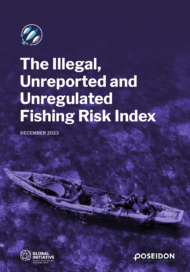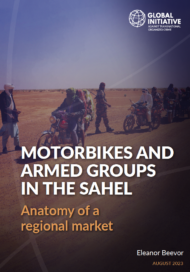Posted on 22 Aug 2009
In Afghanistan’s poppy-rich south and southwest, a raging insurgency intersects a thriving opium trade. This study examines how the Taliban profit from narcotics, probes how traffick- ers influence the strategic goals of the insurgency, and considers the extent to which narcotics are changing the nature of the insurgency itself. With thousands more U.S. troops deploying to Afghanistan, joined by hundreds of civilian partners as part of Washington’s reshaped strategy toward the region, understanding the nexus between traffickers and the Taliban could help build strategies to weaken the insurgents and to extend governance. This report argues that it is no longer possible to treat the insurgency and the drug trade as separate matters, to be handled by military and law enforcement, respectively.
This report illustrates how—for more than three decades of conflict in Afghanistan—the opium trade has become deeply embedded in the politics of the region. Key players and fami- lies tied to opium smuggling, trafficking routes, and methods of laundering drug money have remained remarkably unchanged. So too has the West’s willingness to downplay the problem, repeatedly viewing narcotics as a “lesser evil” to the greater challenge at hand.



